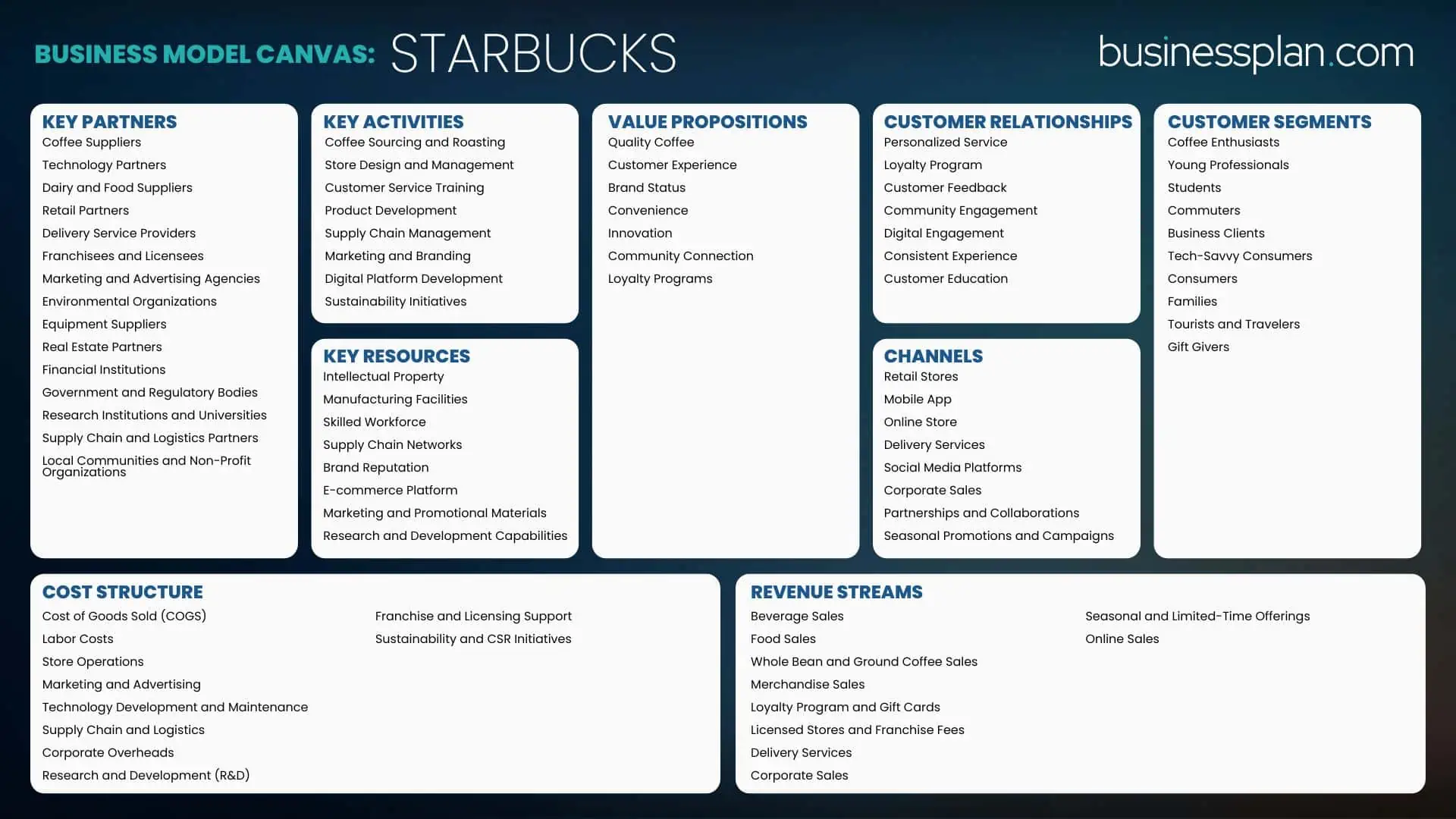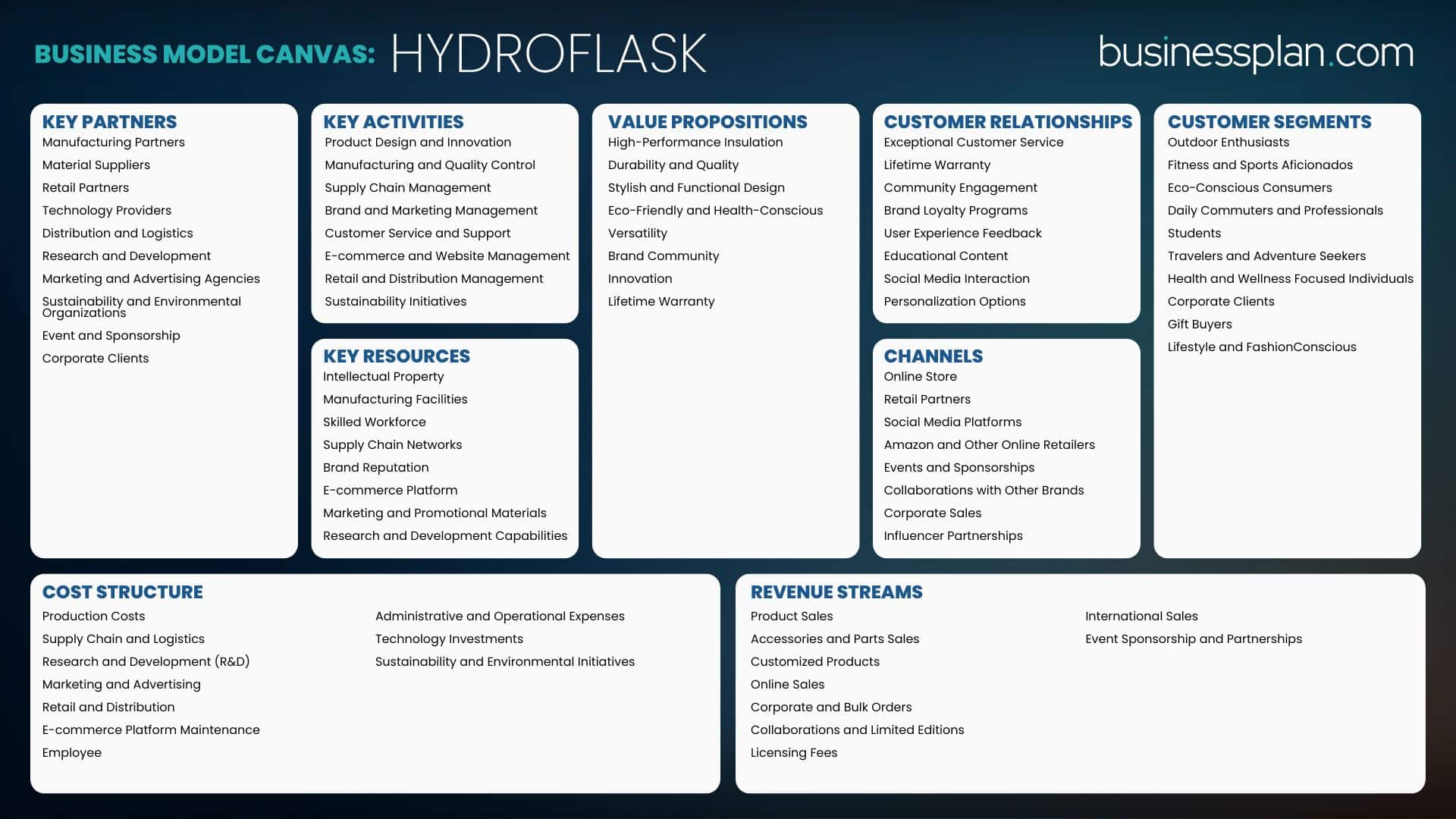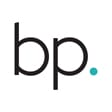Business Model Development
In over two decades of experience assisting entrepreneurs with business plan development, a recurring challenge has been their lack of understanding of their business’s component parts. Many dive into the process of creating a business plan, either independently or by hiring professionals, without a clear grasp of the fundamental aspects of their business. Neglecting to fully understand all components of a business can lead to early failures, such as under-capitalizing the venture, or result in excessive and costly revisions. This lack of foresight often means missing critical deadlines, like property acquisitions, and can cause project scope creep, leading to unplanned expenses. It’s crucial to avoid these pitfalls by meticulously mapping out every aspect of the business from the outset.
It’s imperative to recognize that a business plan is not just a document but a reflection of business model development. Before drafting a business plan, entrepreneurs must dissect their business idea into its core components. The Business Model Canvas is an essential tool in this process, offering a structured yet flexible framework to explore and define these components. By using this canvas, entrepreneurs can avoid common pitfalls and ensure their business plan is a true representation of their vision and strategy.
This introductory approach sets the stage for a more detailed exploration of the Business Model Canvas and its integration with the foundational steps of Know Your Customer and Core Cost Analysis. Understanding and utilizing this tool is not just a preliminary step; it’s a strategic move towards creating a robust and coherent business plan, and ultimately a successful business.
Understanding the Business Model Canvas
Purpose and Overview
The Business Model Canvas offers a visual chart with elements describing a firm’s value proposition, infrastructure, customers, and finances. This approach facilitates a comprehensive understanding and reevaluation of how various aspects of a business interconnect and affect each other.
Components of the Business Model Canvas
- Value Propositions: What unique value does the business deliver to the customer?
- Customer Segments: Who are the target customers?
- Channels: How are these value propositions delivered to customers?
- Customer Relationships: What type of relationship does each customer segment expect?
- Revenue Streams: How does the business earn revenue from the value propositions?
- Key Resources: What assets are essential to offer and deliver the value propositions?
- Key Activities: What actions are critical to deliver the value propositions?
- Key Partnerships: Who are the partners and suppliers needed to operate the business?
- Cost Structure: What are the main costs involved in operating the business?
Credit to Authors
- The Business Model Canvas was conceptualized by Alexander Osterwalder and Yves Pigneur.
- Their book, Business Model Generation, is a comprehensive guide on this topic.
Further Learning
- For more in-depth insights, readers are encouraged to read Business Model Generation.
- Visiting Strategyzer’s website can also provide additional resources and tools.
Importance in Business Planning
- Utilizing the Business Model Canvas ensures a holistic view of the business.
- It aids in identifying potential risks and opportunities early in the planning process.
- This tool helps to align the business’s internal processes with its market demand and customer needs.
By understanding and applying each component of the canvas, entrepreneurs can develop a clear, concise, and comprehensive business model, setting a solid foundation for their business plan.
Connection with Know Your Customer (Step 1)
The Know Your Customer step, centered on mastering the Pre-Vision Interview Technique, is fundamental in shaping your business model. This process, grounded in the Jobs-to-be-Done theory, emphasizes understanding the customer’s needs, emotions, and behaviors in specific contexts. By conducting thorough Pre-Vision Interviews, entrepreneurs gain deep insights into customer needs and market demands, impacting key components of the Business Model Canvas:
- Value Propositions: Align your offerings with the real needs and problems of your customers.
- Customer Segments: Identify and target the right customer groups based on in-depth customer understanding.
- Customer Relationships: Develop strategies to build and maintain relationships that resonate with customer expectations.
- Channels: Choose effective channels to reach your customers, informed by their preferences and behaviors.
- Revenue Streams: Tailor your revenue models to align with customer willingness to pay and purchasing behavior.
Incorporating these insights ensures that your business model is not only viable but deeply connected to your customers’ needs, reducing the risk of misalignment and unnecessary revisions. To delve deeper into the Know Your Customer step and the Pre-Vision Interview Technique, refer to the dedicated page on this topic.
Incorporating Core Cost Analysis (Step 2)
Core Cost Analysis (CCA) is an integral part of shaping a realistic and sustainable business model. This step, coming after the Know Your Customer phase, focuses on understanding the major costs associated with delivering your offering. It’s not an exhaustive financial breakdown but a high-level assessment critical for:
- Aligning Costs with Customer Expectations: Ensures your product or service pricing aligns with customer willingness to pay and market expectations.
- Identifying Major Cost Components: Highlights materials, labor, and direct expenses, aiding in avoiding unnecessary expenditures.
- Informed Decision-Making: Protects against the sunk cost fallacy, allowing informed feasibility decisions before committing significant resources.
- Flexibility for Future Adjustments: Understanding cost structures early offers adaptability in innovating or reconsidering aspects of your offering.
- Laying the Groundwork for Strategic Planning: Sets a solid financial foundation, crucial for sustainable growth and profitability.
Understanding and applying CCA is essential before proceeding to Business Model Development. It ensures the financial viability of your vision, forming a pivotal checkpoint in the pre-planning process. For a detailed guide on Core Cost Analysis, visit the dedicated page on this topic.
Business Model Canvas Components (In Detail)
1. Value Propositions:
- What It Entails: The value proposition is the core of what your business offers to customers. It’s the reason why customers would choose your product or service over others. They should be clear, concise, and highlight the unique benefits.
- Importance and Relation: This proposition directly affects Customer Segments and Channels. A strong value proposition ensures you target the right customers and use the most effective channels to reach them.
- Example: Apple excels in its value proposition by offering high-quality, user-friendly technology with exceptional design. This attracts tech-savvy customers and justifies premium pricing.
2. Customer Segments:
- Defining the Segments: Identifying specific groups of people or organizations that your business aims to serve is crucial. These segments could be based on demographics, needs, interests, or behavior.
- Significance and Interaction: Customer segments shape your Value Proposition and influence your Customer Relationships. Knowing your customer allows you to tailor your offering and communication effectively.
- Example: Netflix targets a broad range of customer segments, from families to young adults, by offering diverse content, thus catering to varied entertainment preferences.
3. Channels:
- Channel Dynamics: Channels refer to how your business delivers its product or service to customers. These can be direct, like an online store, or indirect, like through retailers.
- Interplay with Other Components: Channels are critical in delivering your Value Proposition to your Customer Segments. The right channels enhance customer experience and accessibility.
- Example: Amazon uses its online platform as a primary channel, providing easy access and convenience to a wide range of products for its customers.
4. Customer Relationships:
- Building Relationships: This involves determining the type of relationship you want to establish with different customer segments, whether it be personal, automated, or self-service.
- Correlation with Other Elements: Customer relationships are vital in maintaining loyalty and repeat business, directly impacting Revenue Streams and Customer Segments.
- Example: Zappos is renowned for its exceptional customer service, emphasizing personal and responsive relationships, which significantly enhances customer loyalty.
5. Revenue Streams:
- Understanding Revenue: This component outlines how your business will earn money, which could be through sales, subscriptions, licensing, or other means.
- Connection with Business Aspects: Revenue streams are the result of successfully aligning your Value Proposition with your Customer Segments and Channels.
- Example: Spotify’s revenue streams include premium subscriptions and ad-supported free listening, catering to different customer preferences and financial capabilities.
6. Key Resources:
- Understanding Key Resources: These are the essential assets required for a business to create and offer its value proposition, reach markets, maintain relationships with customer segments, and earn revenues.
- Interconnections: Key Resources are linked to virtually every part of the model, especially Key Activities and Value Propositions. They are the bedrock upon which these activities and propositions are built.
- Example: For Tesla, key resources include their advanced battery technology, manufacturing facilities, and engineering expertise, which are crucial for producing innovative electric vehicles.
7. Key Activities:
- Defining Key Activities: These are the most crucial actions a company must take to operate successfully, directly related to creating and delivering the value proposition, reaching markets, and maintaining customer relationships.
- Relation with Other Components: Key Activities interact closely with Key Resources and Channels, ensuring the efficient and effective delivery of the value proposition.
- Example: For Airbnb, key activities include maintaining and updating their online platform, ensuring user safety and trust, and constantly improving the user experience.
8. Key Partnerships:
- Exploring Partnerships: These are the network of suppliers and partners that help the business model work. They can reduce risks, provide resources, and help with activities.
- Synergy with the Model: Key Partnerships often complement Key Resources and Key Activities. They can fill in gaps in resources or activities that a company can’t handle alone.
- Example: Apple relies on a range of key partners like Foxconn for manufacturing and Google for default search services on its devices.
9. Cost Structure:
- Breaking Down Costs: This component describes all costs involved in operating a business model. It’s critical to understand which Key Resources and Key Activities are the most expensive to maintain.
- Integration with Other Elements: Cost Structure is influenced by choices made in Key Resources, Activities, and Partnerships. It’s essential for determining the financial viability of the business model.
- Example: For budget airlines like Ryanair, key costs include fuel, staff salaries, and airport fees, which are crucial for their low-cost operational model.
Each component of the Business Model Canvas is interconnected, forming a comprehensive blueprint of a business’s strategy and operational model. Understanding and effectively implementing each aspect is crucial in building a successful, sustainable business.
Resources and Tools
The Business Model Canvas offers various digital and physical tools to suit different preferences and needs:
- Microsoft Visio: Ideal for its flexible template where component columns adjust as you type. Visit Microsoft Visio
- Miro: Perfect for teams that prefer a digital version of sticky notes, allowing for easy movement and connection of ideas. Explore Miro’s features
- Canva: Provides user-friendly and visually appealing templates, great for those who prefer a more graphical approach. Check out Canva’s templates
- Traditional Whiteboard and Sticky Notes: For group sessions or when a tactile brainstorming approach is preferred.
Additionally, for foundational insights and guidance, consider visiting Strategyzer’s website or reading “Business Model Generation” for in-depth understanding.
Step-by-Step Guide to Filling Out the Business Model Canvas
1. Value Propositions:
- Detailing Your Offer: Describe what makes your product/service unique. Consider the specific needs and problems identified in your customer interviews. What can you offer that no one else does?
- Linking to Customer Insights: Use the data from Know Your Customer to refine your value proposition to precisely what your target customers are seeking.
2. Customer Segments
- Identifying Your Audience: Define the groups of people who will benefit most from your value proposition. Reflect on the demographics, needs, and preferences identified during customer interviews.
- Utilizing Customer Data: Use insights from Know Your Customer to segment your audience accurately, ensuring your product/service is tailored to their specific needs.
3. Channels
- Deliver Effectively: Determine the best ways to deliver your value proposition to your customer segments. Are they more responsive to e-commerce platforms, retail stores, social media platforms, direct-to-consumer, mobile apps, partner distribution networks, tradeshows, or something else?
- Applying Customer Feedback: Choose channels based on customer preferences gathered during your interviews to ensure effective communication and delivery.
4. Customer Relationships
- Building Lasting Bonds: Decide how you will interact with customers. Will you focus on personalized customer service, self-service, automated services, loyalty programs, memberships, community forums, education and training resources, or something else?
- Reflecting on Customer Expectations: Use insights from Know Your Customer to establish relationships that align with customer expectations and foster loyalty.
5. Revenue Streams
- Generating Income: Identify how you will earn money. Will it be through product sales, subscriptions, licensing fees, freemium model, advertising revenue, affiliate commissions, data monetization, franchising fees, rental or leasing fees, or something else?
- Considering Customer Willingness to Pay: Reflect on your customer interviews to understand their willingness to pay and preferred pricing models.
6. Key Resources
- Listing Essential Assets: Determine what you need to deliver your value proposition. This could include fixed assets (buildings, vehicles, machinery), intellectual property (patents, trademarks, copyrights), human resources (employees, management team), financial resources (cash reserves, lines of credit), technological assets (software, databases, IT infrastructure), raw materials (essential for manufacturing), organizational capital (company culture, processes), customer data (market research, customer databases), or something else.
7. Key Activities
- Crucial Actions for Success: Pinpoint the actions crucial for your business’s success. This might involve product development, marketing and promotion, customer service as support, supply chain management, research and development, quality control and assurance, sales and distribution, network and IT management, financial management and accounting, human resource management, or something else.
- Aligning with Customer Needs: Ensure these activities directly contribute to delivering the value identified in customer interviews.
8. Key Partnerships
- Forging Strategic Alliances: Identify partners that can help you operate more effectively. This could be through suppliers and vendors, distribution partners, technology partners, strategic business alliances, research and development collaborations, marketing and advertising partners, financial and banking partners, outsourced non-core activities, governmental and regulatory bodies, or something else.
- Matching Partners with Customer Expectations: Choose partners who can help you meet the expectations and needs of your customers, as identified in the Know Your Customer phase.
9. Cost Structure
- Outlining Expenditures: Detail your major costs in delivering your value proposition, maintaining customer relationships, and operating your business model. These can include fixed costs (rent, salaries, utilities, etc.), variable costs (material, production), marketing and advertising expenses, research and development, general and administrative, technology and IT infrastructure, supply chain and logistics, interest and financing, legal and regulatory compliance, and others.
- Balancing Costs and Customer Value: Ensure your cost structure allows you to provide value to customers at a price they are willing to pay, as identified in your customer research.
This comprehensive approach, integrating insights from the Know Your Customer step, ensures a deeply customer-centric Business Model Canvas. Each step is vital in creating a business model that not only aligns with your business goals but also resonates strongly with your target market.
Business Model Case Studies
The Business Model Canvas for Starbucks showcases how this global coffee giant has created a unique market position. In this model, you’ll see how Starbucks combines high-quality coffee with a premium, community-focused café experience, aligning each component of the canvas to their strategic goal of being the “third place” between home and work. This visualization in Microsoft Visio details Starbucks’ key activities like ethical sourcing and customer-centric services, revealing the intricacies behind their worldwide success.

Hydro Flask, on the other hand, presents a different approach in its Business Model Canvas. Known for its innovative and durable insulated bottles, this company’s model emphasizes product innovation, strong brand identity, and customer engagement. The Visio diagram illustrates Hydro Flask’s focus on key resources like advanced technology and brand marketing, highlighting how they cater to a market segment passionate about outdoor activities and sustainability. This example demonstrates the effective alignment of a business model with product innovation and brand loyalty.

Conclusion and Next Step
The process of Business Model Development helps you to thoroughly explore all the components necessary to build a successful business. After completing the Business Model Canvas, the next critical step is to analyze these components, focusing especially on the left side of the canvas which includes Key Partners, Key Activities, Key Resources, and Cost Structures. This analysis is vital for determining the startup and operating costs of your business, a step that is crucial for avoiding undercapitalization, one of the leading causes of business failures in the early, critical years.
For an in-depth guide on Startup and Operating Costs, visit businessplan.com’s page on this topic. It’s the fourth step in the Get Started/Pre-Planning Phase, taking your idea from concept to something worth investing in. This step is about understanding the financial realities of your vision and is essential for accurate financial assessment and planning. Failing to accurately estimate these costs can lead to significant financial challenges and is often a key reason for early business failures.

